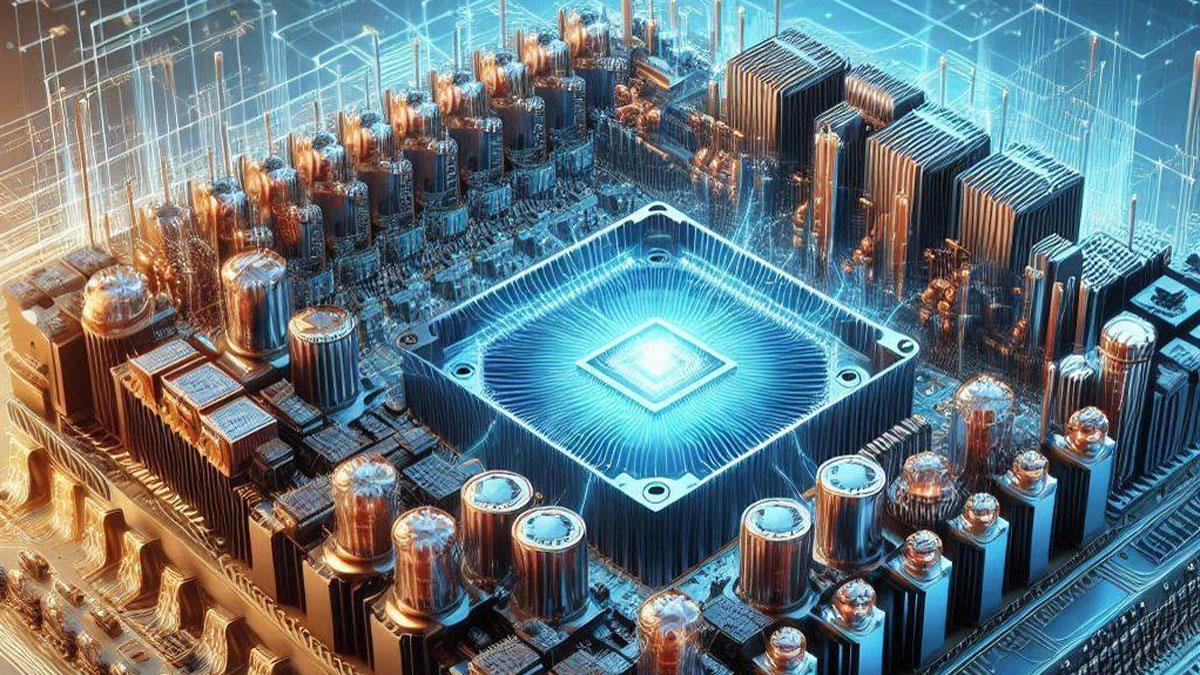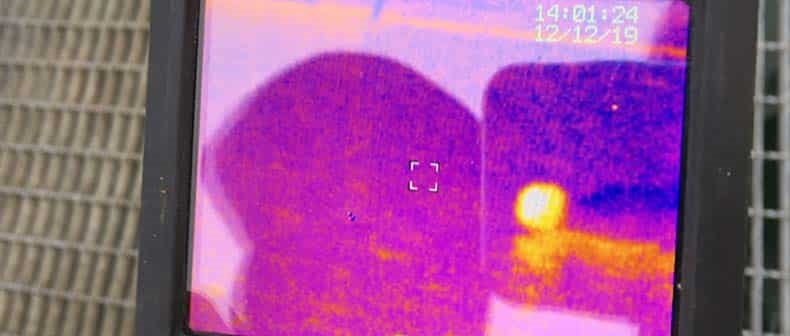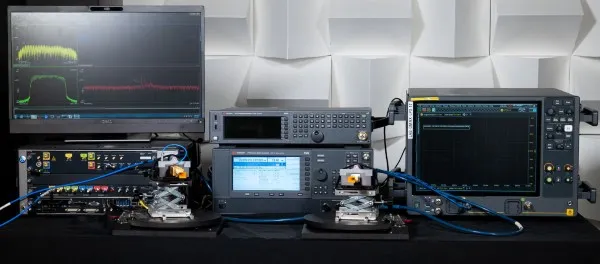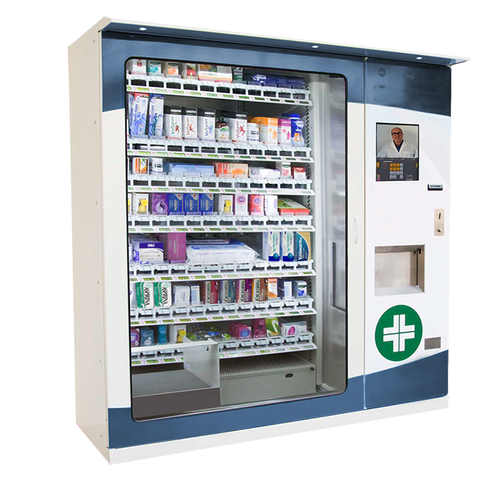
AI (artificial intelligence) is a dominant topic in technology. The rise of generative AI and rapid advances in model capabilities are driving growing demand for compute power, which in turn increases demand for electrical power.
According to the International Energy Agency, global energy consumption by data centers, which form the core infrastructure for AI compute, currently accounts for roughly 1% to 1.5% of total global electricity. With ongoing advances in AI technology, some experts project this share could rise to 20%–30% over the next 10 to 20 years, and continue increasing thereafter. Describing AI as a high energy consumer is not an exaggeration.
This macro energy challenge also appears at the component level. Studies show that AI servers can consume about three times the power of traditional systems, and some AI accelerators may require currents up to 1,000 A. Pretraining often uses clusters of tens of thousands of accelerator cards, so many new data centers already reach energy consumption levels comparable to small cities.
Delivering such high-density, high-performance compute infrastructure requires more than incremental fixes. System architecture and component-level innovations are necessary.
Passive Component Challenges in AI
Passive components play a key role in meeting the rising power and reliability demands of AI-driven data centers.
Three primary technical challenges for passive components in AI applications are:
- High power handling
- Small size
- High reliability
Even modest improvements in any of these areas require advances in materials, component architectures, and manufacturing processes.
The following sections examine material, architecture, and process innovations using representative products from KEMET, part of the YAGEO Group, as examples.
Material innovation for high-current power inductors
Power inductors are essential in power supplies for AI accelerators. The key challenge is supporting higher current while minimizing energy loss and maintaining efficiency.
Two core magnetic properties for power inductors are high saturation flux density (Bs) and low coercivity (Hc). High Bs helps the core handle stronger magnetic fields without saturating, enabling support for larger currents and greater energy storage for high power density designs. Low Hc reduces the energy required to magnetize and demagnetize the core, lowering losses and improving efficiency. With conventional core materials, achieving both high Bs and low Hc is difficult, forcing engineers to make trade-offs that affect overall power supply performance.
SMD high-current power inductors are offered in rated inductances from 150 nH to 230 nH, with a wide operating temperature range (-40°C to 125°C at 50 A rated current). They have ±10% inductance tolerance and ±5% DC resistance tolerance, making them suitable for high switching frequency applications such as servers, storage, supercomputing, distributed power systems, point-of-load (POL) DC-DC converters, and other high-frequency switching designs.
Architectural innovation for low-ESR polymer tantalum capacitors
Capacitors are widely used in electronic systems. For AI infrastructure, capacitors that meet power efficiency requirements within limited PCB area are particularly valuable. Traditional capacitor types may not meet all such requirements, which motivates alternative approaches like polymer tantalum capacitors.
Polymer tantalum capacitors retain the high volumetric efficiency and stability of traditional tantalum devices while using architectural changes to achieve distinct performance characteristics.
KO-CAP polymer tantalum capacitors use a Ta2O5 dielectric formed on a sintered tantalum pellet, similar to other tantalum capacitors. The difference is a high-conductivity polymer cathode layer that covers the dielectric surface. This conductive polymer reduces ESR significantly, down to the 5–20 mΩ range, compared with 200–2000 mΩ for traditional tantalum capacitors. Very low ESR reduces ripple voltage and allows higher ripple currents. At high frequency, the impedance profile of these polymer tantalum capacitors approximates that of an ideal capacitor, with stable capacitance.
KO-CAP polymer tantalum capacitors combine attributes of solid electrolytic capacitors with conductive polymer cathodes and leverage aspects of MLCCs, aluminum electrolytic capacitors, and tantalum devices. This results in low ESR, high capacitance density, and stable performance at high frequency, making them suitable for servers and cloud infrastructure applications.
Process innovation to increase PCB space efficiency
MLCCs are popular for their small size, high capacitance per volume, high reliability, and low ESR, and they are widely used in AI applications where board space is constrained.
Improving capacitance and performance per PCB area can further increase space efficiency. KEMET's KONNEKT high-density packaging technology addresses this need.
KONNEKT uses a copper-tin transient liquid phase sintering (TLPS) material to bond multiple MLCC units into a single surface-mount component. TLPS enables a low-temperature reaction between low-melting-point and high-melting-point metals or alloys to form a highly conductive bond.
This high-density packaging bonds components without a metal frame, lowering ESR, ESL, and thermal resistance, while remaining compatible with standard MLCC reflow surface-mount processes.
Conclusion
AI is driving rapid growth in compute demand, creating increased opportunities for passive component development. To meet AI-era requirements, passive components require innovations in materials, architectures, and manufacturing processes to produce next-generation solutions suited for high power density, limited board space, and stringent reliability needs.
 ALLPCB
ALLPCB







